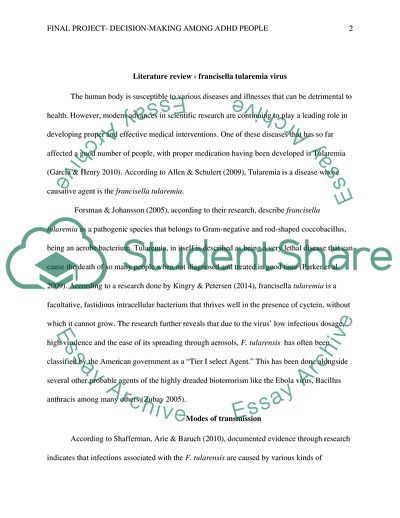Decision Making among ADHD People Literature review - 2. https://studentshare.org/medical-science/1881291-decision-making-among-adhd-people
Decision Making Among ADHD People Literature Review - 2. https://studentshare.org/medical-science/1881291-decision-making-among-adhd-people.


